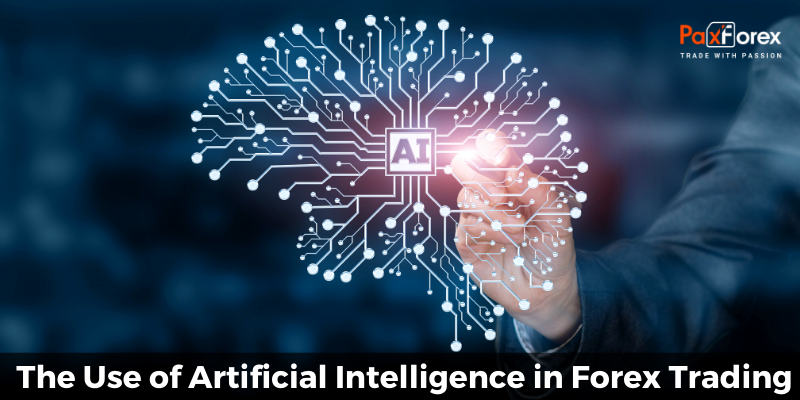
Investing and trading are activities that can benefit quite a lot from automation. In fact, using Artificial Intelligence and machine learning can be very handy here, to the point where you can easily replace many human tasks with automated, repeated tasks that can be performed by machines. Success is all about increasing the odds of picking a good trade. It is about winning more and losing less. One way to increase the odds in a fluctuating market is to use trading software that relies on the power of artificial intelligence.
The world is hyped for the new tech revolution AI will bring. Already there are rivers of cash flowing around it and it is only going to multiply in the next few years. According to Bloomberg, AI will contribute as much as $15.7 trillion to the world economy by 2030. That is more than the current combined output of China and India. Almost every country has taken the initiative to prepare for the upcoming AI era. It is hardly an overstatement that whoever first invent and successfully implements the AI will have a major boost to its economy. It goes without saying that this will significantly reflect on the currency market.
Artificial Intelligence based forex trading strategy is expected to be a vital part of cutting-edge trading. Intelligent machines would supplant any sort of manual intercession. AI forex strategy is anticipated to beat the dangers of passionate parts of exchanging like greed, fear, and emotions. These machines would learn from every trade they execute and powerfully change their basic decision-making capacities. They would be prepared to follow up on all the economic situations.
AI trading strategies, both in short-term time frames and for longer-term investing, are gaining popularity and there are a few hedge funds that are very active in this field. However, broad acceptance of this new technology is slow due to various factors, the most important being that AI requires investment in new tools and human talent. There are not many hedge funds that rely solely on AI. Application of AI is growing at the retail level but the majority of traders still use methods that were proposed in the mid-twentieth century, including traditional technical analysis, because they are easy to learn and apply.
One fact that is undisputed is that machine learning algorithms have already achieved a lot of traction among many traders in the forex markets. A significant proportion of currency trading is now being electronically conducted, but it still remains a delicate exercise because AI still faces the challenges of filtering out the unpredictability of the markets. It is still possible to filter out a signal for short-term trading; however, for long-term trading, it is easier to do so because the signals are clearer. Most of the AI systems being designed for forex trading are still undergoing experimentation.







